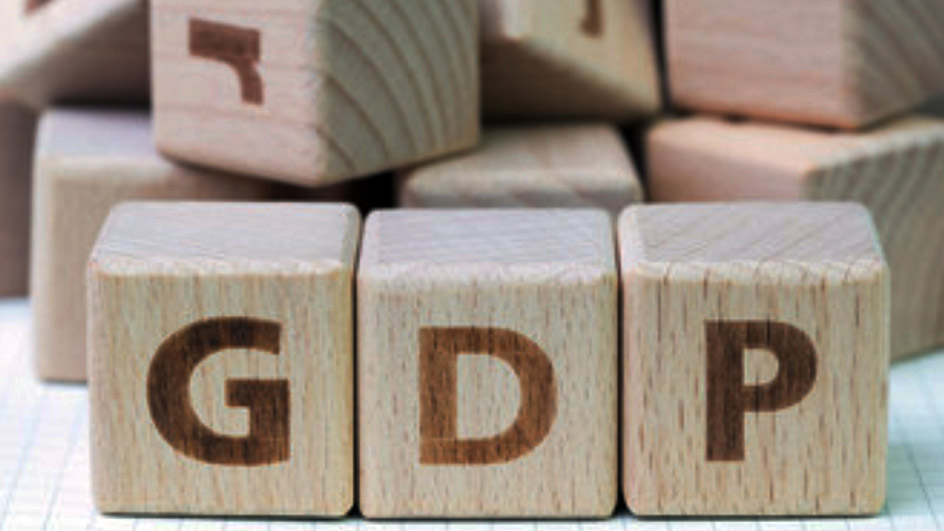After its visit to Poland last week, the IMF forecasted Poland’s GDP growth of 3 percent in 2024, 3.5 percent in 2025 and 3.4 percent in 2026. By 2029, growth should be just below 3 percent.
Geoff Gottlieb, permanent representative of the International Monetary Fund (IMF) for Central, Eastern and South-Eastern Europe, told ISB News:
“We currently estimate Poland’s potential economic growth at just under 3 percent. The downward revision from our previous forecasts reflects current demographic and immigration forecasts, an expected slowdown in investment as EU funds run out, and lower productivity levels as Poland catches up with highly developed countries.”
Gottlieb said lower supply-side constraints would also contribute to higher GDP, including support for innovation through the activation of private equity and venture capital financing, as well as getting more women into the workforce, providing better child and senior care, and tackling regulations that inhibit private investment in renewable energy sources.
The IMF rep remains positive on the country’s prospects, telling Reuters, “Poland is one of the great economic growth success stories in the world over the last 30 years.”
Earlier this month, Gottlieb had told ISB News that the debt of the Polish public sector in foreign currencies, amounting to around 10 percent of GDP, is not high compared to other countries. The IMF also stated that Poland’s budget plan for 2025-2028 was an “important and welcome step” because it outlines an appropriate level of fiscal deficit in 2028.
There are, however, some looming concerns. Inflation continues to be an issue for Polish citizens and layoffs have continued as well. A total of 161 companies declared their intention to terminate 19,800 employees, the worst result since 2022, Remix News reported just last week.
Bankruptcies and slow industrial orders in Germany, Poland’s main trading partner, are also cause for concern.
Meanwhile, Prime Minister Donald Tusk’s government has adopted a budget plan that includes freezing the tax threshold at PLN 120,000 (€28,000), which will mean that thousands of Poles making more than this amount will pay 32 percent instead of 12 percent in personal income tax.
Piotr Juszczyk, chief tax advisor at InFakt, says that the number of Poles covered by the 32 percent rate may double in the next four years. This means that the system will automatically put up to several hundred thousand people in a bag labeled “rich” and collect a higher PIT rate from them, writes Do Rzeczy.
A report out of Gazeta Wyborcza by way of the Do Rzeczy news portal also shows that, in the second quarter of this year, Poles broke the record in the amount of funds withdrawn from Employee Capital Plans (PPK), Poland’s state savings scheme for employees. second quarter of this year, Poles broke the record for funds withdrawn from PPK. According to data from the Polish Financial Supervision Authority, PLN 498 million (€114 million) was withdrawn in this period. In the same period in 2022, only PLN 139 million (€32 million) was withdrawn, and in 2023, PLN 400 million (€92 million). Taking into account the period since the beginning of this year, almost PLN 1 billion (€230 million) has been withdrawn from PPK.






